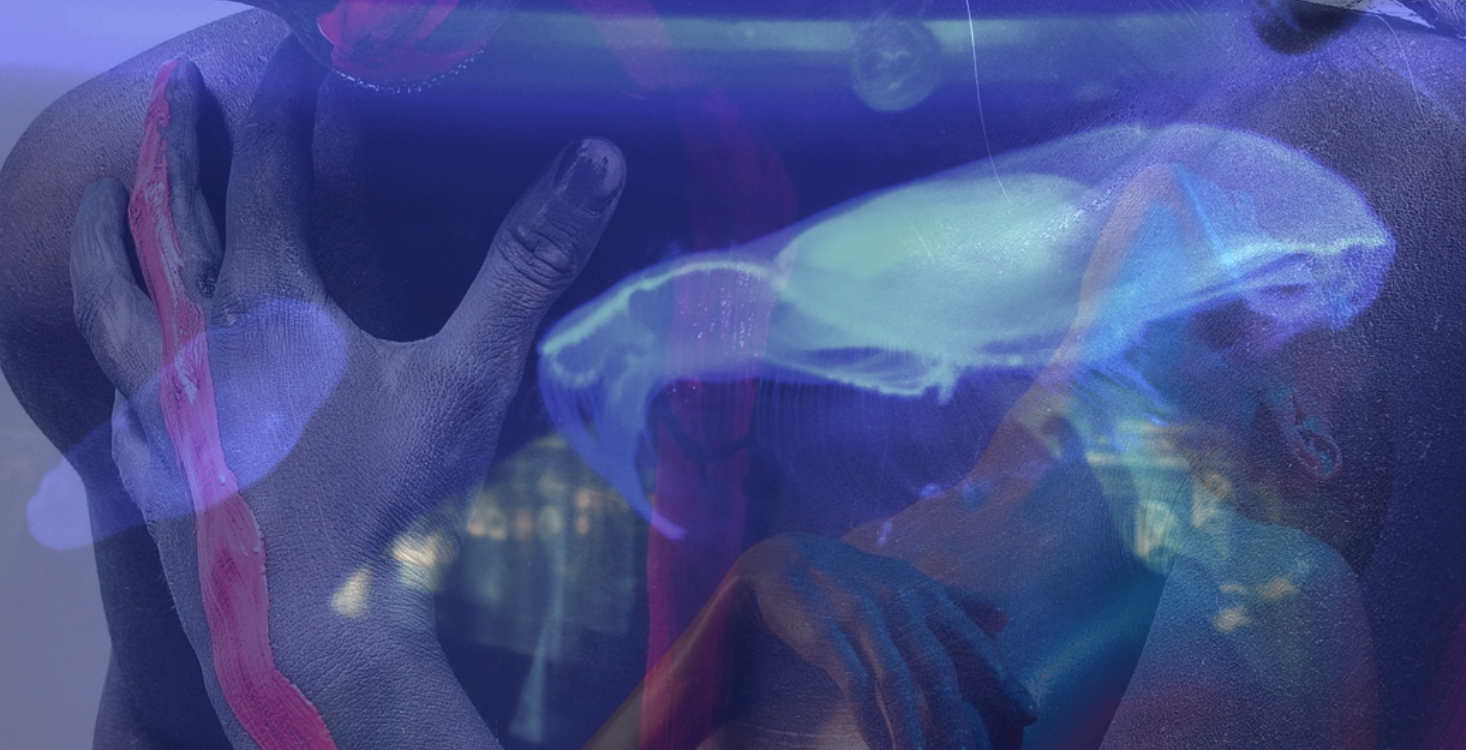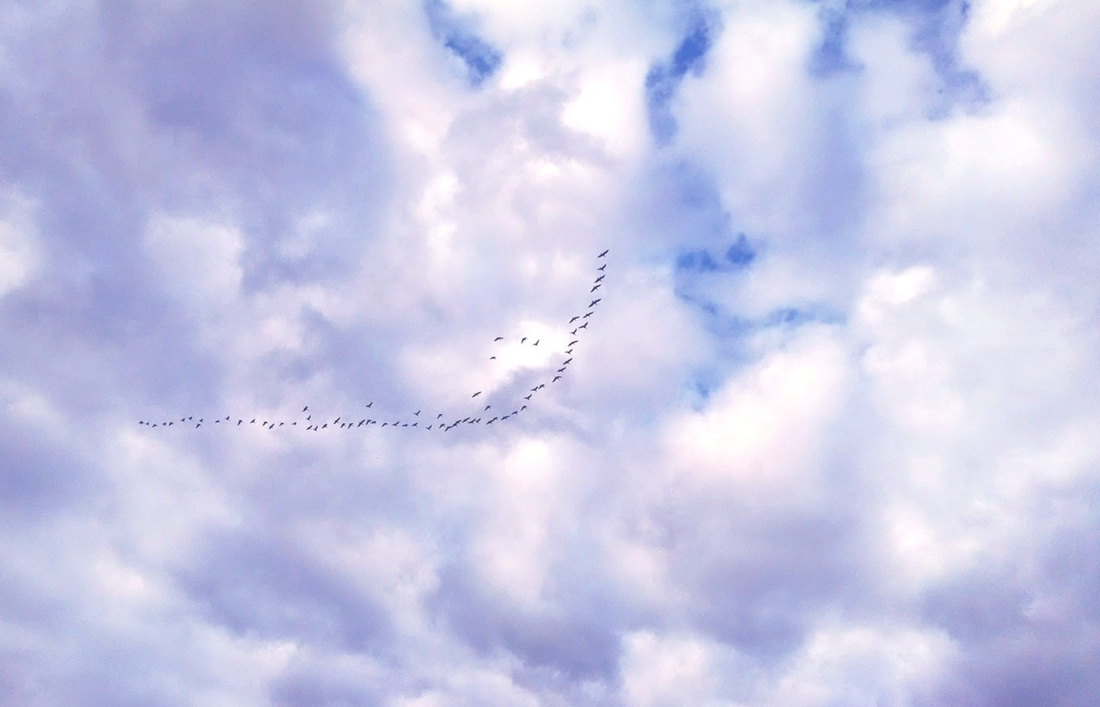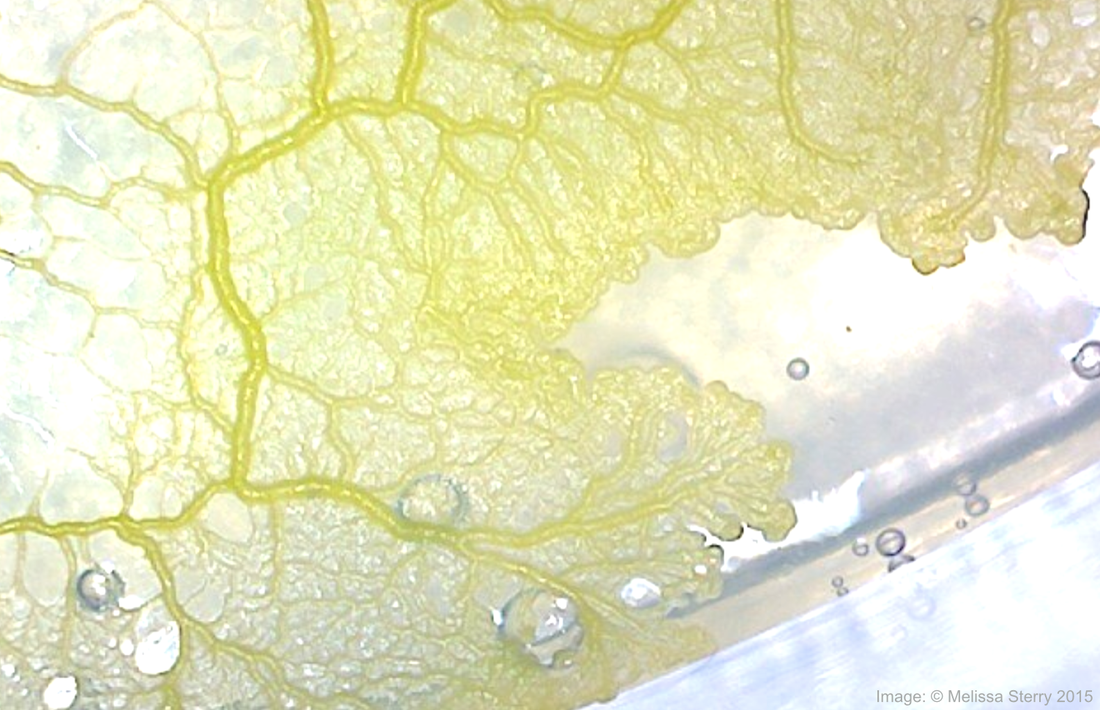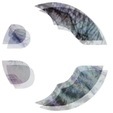|
Shared a few thoughts on, amongst other things, how ecological regime shifts will impact upon people and planet in the 22nd Century for Factor magazine's Winter 2017 edition. Exploring myriad aspects of the not so distant future, and free to download on mobile, tablet, and laptop, the edition marks the launch of Factor's new format, which bigger and slicker than before is a joy to behold.
Read Factor's 'Life in the 22nd Century' edition here.
0 Comments
The Geovation Challenge seeks to find and support ideas that benefit human and environmental health and wellbeing. Successful entrants will receive support and opportunities for funding during a programme that launches in London in spring 2018. I've entered an idea titled GEO ECO NET, which highlights the need to increase awareness and understanding of ecological networks within and across cities, focused on the need to help not hinder fauna to traverse the architectures, and more broadly, the environments we create.
If you'd like to support the idea, please give it your vote at: https://ideas.geovation.uk/a/idea-v2/916454 GEO ECO NET: Ecological and Social Network "Humans aren’t the only ones that need traverse cities. Both here in the UK, and worldwide, innumerable faunal species need travel about urban environments too. Some species are permanent residents, of which one example is the hedgehog. Whereas others, including a great many bird species, come and go throughout the year, their movements synced with the seasons. Others still, are sporadic, but welcome visitors that tend drop in when weather conditions necessitate, of which waxwings are one. However, urbanism, and in particular architecture and planning that works against not with the needs of faunal species interferes with these movements, and in the worst instances to the extent of causing injury and mortality. For example, did you know that bird deaths into the hundreds of millions per annum are attributed to the use of non-friendly bird glass in buildings? Or, that many bird species navigate by moonlight or starlight, meaning light pollution at the scale now manifest in many cities sends them off course? The above are just a few of the ways in which human activities are undermining the integrity of faunal movements at the local, national, and global scale, and to such extent as may endanger some species. But, much is there that we can do to help mitigate the problem. As with so many other types of challenge, we first need assess what need be done, how and why. The task is far too great for any one individual, any one school, any one city, or any one nation. And, not least, because complex though faunal migratory routes are, at a time of environmental flux, life is evolving in ways both expected and otherwise." Read more here. Share the idea on Twitter via #GeoEcoNet Open access, peer-reviewed, and featuring contributions from leading-edge researchers and practitioners worldwide, the Journal of Biourbanism is the bi-annual online publication of the International Society of Biourbanism. Edited by Dr. Stefano Serafini, and featuring papers from Prof. Rachel Armstrong, and Prof. Sergio Los, and Prof. Besim Hakim, its latest issue, explores the epistemology of design at the interface of architecture, planning, and the environmental and social sciences. A few words on my contribution are below:
Mind the Gap: A Discussion of Philosophical and Psychological Dichotomies Abstract: Differences, dualities, and dichotomies play a fundamental role within the psychological and philosophical frameworks through which humans interpret phenomena. Boundaries and binary oppositions abound in our thinking and actions, manifesting metaphysically and physically, internally and externally, and on all conceivable scales. Drawing upon insights from past and contemporary systems thinkers and integrating an assemblage of personal experiences, together with observations, the present work aims to understand how and why our psychological, thereon our philosophical relationship with oppositions frame the collective societal response to rapid change and upheaval, and what role might transdisciplinary thinking have to play in reconciling societal differences. Download the Journal of BioUrbanism Vol. 5 here. |
AuthorMelissa Sterry, PhD, chartered design scientist, systems theorist, biofuturist, and serial founder inc. Bionic City® Bionic CityAsking the question "how would nature design a city" since 2010.
Archives
October 2023
Categories#bionics
#biotech #biodesign #bioscience #biomimetics #biotechnology #bioengineering #bioinnovation #bioaesthetics #biorevolution #bioenterprise #biosystems #biocreative #biofuturism #biofutures #biocentric #biofacture #biotecture #biovation #biofiction #biourban #biocities #biolab #bioart #STEM
#STEAM #STEAMED #STEMcomms #STEAMcomms #STEAMEDcomms © Bioratorium Limited & Melissa Sterry
2021 All Rights Reserved |



 RSS Feed
RSS Feed

